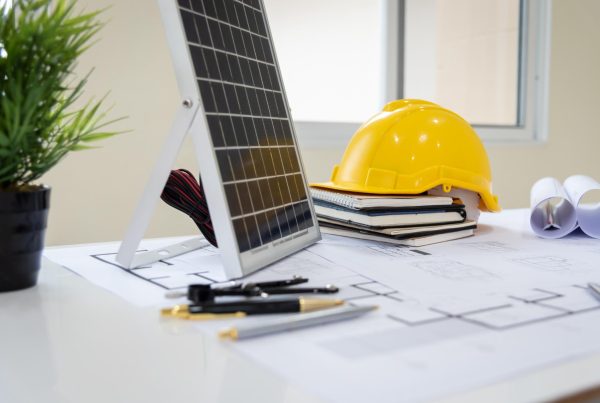
As we look to the future of solar systems in construction, several trends indicate that the integration of renewable energy will become more advanced and ubiquitous. With increasing pressure to combat climate change and reduce carbon emissions, solar energy will play an even more critical role in shaping the built environment.
Key Trends in Solar Energy for Construction:
- Solar Storage Systems: Energy storage technologies like batteries are allowing buildings to store excess energy generated by solar panels. This energy can be used during periods of low sunlight, providing buildings with a reliable and continuous power supply.
- Global Expansion of Solar Cities: Cities around the world are embracing solar as part of their urban planning. For instance, Masdar City in the UAE is one of the world’s most sustainable cities, relying heavily on solar power.
- Hybrid Energy Solutions: Combining solar energy with other renewable sources, such as wind or geothermal, is becoming a popular trend. These hybrid systems maximise energy generation and provide more consistent energy flow.
In Malaysia, solar energy is expected to continue its growth trajectory. Government incentives, such as the Net Energy Metering (NEM) scheme, encourage both residential and commercial buildings to adopt solar systems. This policy, along with innovations in solar storage, will drive the next wave of sustainable construction projects.
Looking ahead, solar systems will not only contribute to energy efficiency but will also play a central role in the design of future cities. As more developers embrace green technologies, the widespread use of solar systems in construction will pave the way for a more sustainable built environment.
- Solar Storage Systems: Storing excess energy for future use, ensuring consistent power.
- Solar Cities: Entire cities powered by solar energy, like Masdar City.
Hybrid Systems: Combining solar with other renewable sources for enhanced efficiency.














